M20 Vampire Project, June 2015 update: Q&A with William Sunnucks
Images: Tim Bees – || I was told past week that I’ve been unusually harsh on two recent new foiling projects. If you’ve been reading CSN for a while, you’ll know I only target ISAF boats, like biddings for the H16!? for Olympics or the N15 for Youths.
If I don´t like a new beachcat commercial design I just publish as received and keep my thoughts private, as I know first hand the hard workload involved on building cats.
But on new foiling devels I get rather ‘upset’ when I see things that were not taken into account from proven (past or current) solutions, the acknowledge of tested errors, or unpractical details. (in my view of course)
For example, I privately commented to an A Class builder on the render stage that a specific foil solution was not going to work, not on me being an expert but on the simple fact that it was the same as already tested before, and it would be hard to work again without any major change. Setup was discarded after building and testing.
Also here in Arg, when they went for the local Capricorn F18 built project, I told them it was not worth the effort as the design was great and revolutionary in the past but not indicated for our choppy river conditions. 4 boats built only.
Thus my worries on these new projects where I detect lot of hours and investment that might also overlook critical aspects.
At the same time if you don´t think literally out of the Box like William Sunnucks and the M20 Vampire project Team is doing, we will hardly see any innovation. I published a M20 technical paper before , and posted a photo from Texel showing the special and seemingly complicated foil setup the M20 Vampire has.
That same day and to know the status of such design I contacted Will for him to report updates on the project after participating at Carnac & Terxel 2015.
Below a Q&A with William Sunnucks plus an updated tech doc available here. He also address himself the good and points the ones to be aware off, making the M20 Vampire project a special boat with lots f experienced people involved targeting innovation & development as a main goal right now.
——————-
William Sunnuck & M20 Vampire Project. June 2015 –
CSN. How do you tack & gybe in waves with the M20 foil setup?
William Sunnucks: So far waves haven’t been a problem. We fly above small ones, and the bow mounted wand gives the main foil plenty of time to respond to bigger ones. I was delighted by the way the boat rose up the back of the waves at Texel when a non-foiling boat would have nose dived.
However tacking and gybing has been a problem, and its still slow. As with the Nacras and Phantoms we have to pull down one foil and raise the other. We drop the windward foil, turn sharply then haul up the new windward one as fast as we can. The foils are held down by a clip mechanism controlled by a release rope at deck level.
Q. Which is the final speed achieved so far?
A. We regularly see 30 knots downwind with two sails and we know that it has more to give. In light winds we use a spinnaker which (despite being super flat) is lower but slower – no more than 22 knots. Upwind we target 18 knots, bearing off when its less and heading up when its more. We have learnt that its not the top speed that matters – its consistency.
Q. What happened at Carnac?
A. At Carnac we raced among lobster pots. We caught one at speed which overloaded the rig, breaking our mast. Infuriating.
Q. Account for this year Texel?
A. We were delighted with our performance during the first half of the Texel Race. We started cautiously, but quickly learnt to trust the wand in the large rolling waves. We led at the lighthouse feeling comfortably faster than the boats around. The leading boats arrived at the VC mark early, at least an hour before high water and we knew it would be shallow. So we stopped (still in the lead) to insert conventional straight daggerboards and to raise our rudders. Unfortunately one of the rudders slipped down and tore off when we grounded a few yards from the VC mark. Game over.
Q. Who has been involved in the R&D?
A. The concept was mine, but the foil design comes from Kevin Ellway and the implementation from Graham Eeles. Without those two it would be just a pipe dream. Many others have given valuable advice and support – I won’t list them but I’m grateful. We run it as an “open source” project with no secrets or commercial axes to grind, and I feel that this brings out the best in the sailing community.
Please understand that this is a major project for a small team with no commercial backup. There are a lot of new features which still need optimising – I don’t think the learning curve will flatten until next year at the earliest. I’m now confident that that there is a viable alternative to L foils and I will measure success by the number of people who copy it.
Q:Do you think the Pivotal systems has a future?
Yes I think the gull wing system, or pivot system as you call it, has a future. Good points:
– It pivots from the gunwale, utilising every bit of beam for righting moment.
– You don’t have to detach the wand control mechanism when you pull it up. This would be a problem for conventional daggerboards with wings on the bottom
– It enables you to raise the whole foil out of the water in pre-foiling winds, reducing wetted surface area.
– Its easy to rig and launch from a beach because you don’t have to insert the foils from under the hull
Unfortunately there are bad points too: getting it up and down is slow. In particular you have to gybe perfectly otherwise it won’t click down on its own. There is definitely scope for improving the control lines and sailing techniques.
Another problem is that it doesn’t fit easily with maximum beam rules. The C Class people made it clear that they will measure beam with both foils horizontal even though the boat is never sailed with them in that position. This effectively outlaws gull wings from the C Class. In time rule makers will probably define beam in terms of parts that contribute to righting moment.
Despite all this I think the idea has legs and I hope to see others taking it further.”
Technical Doc embedded below:
—–
—-
ENDS . Copyright Catsailingnews.com




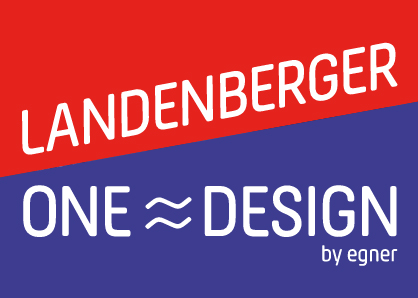
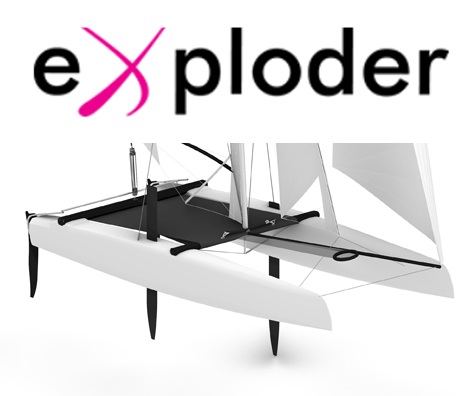
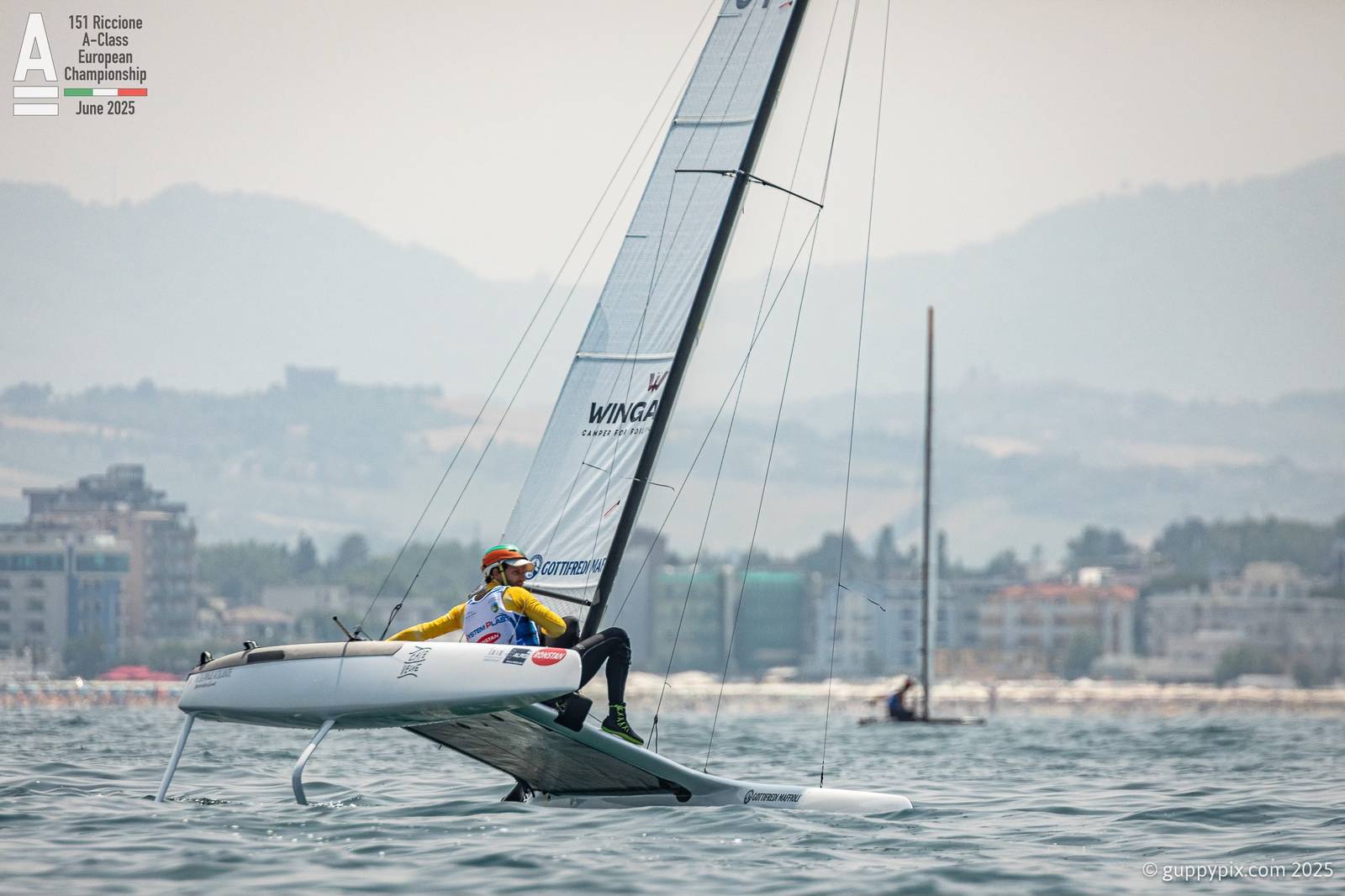
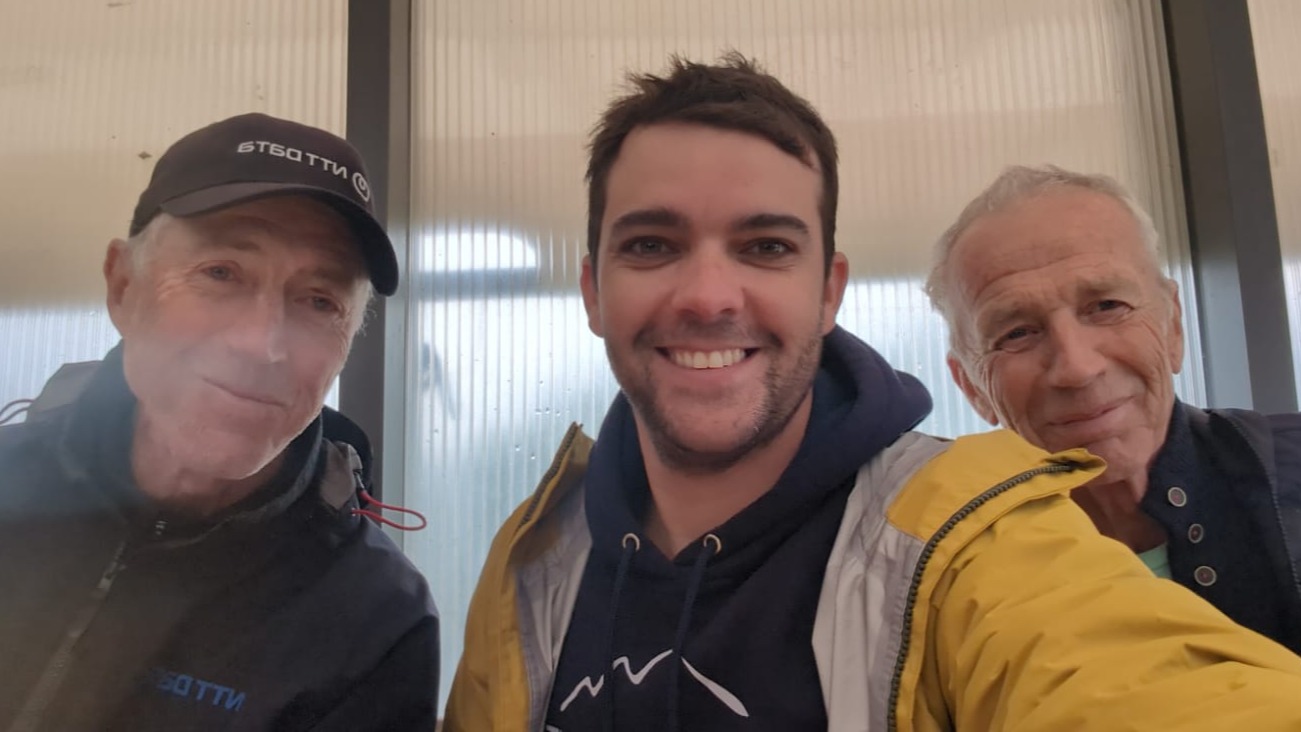
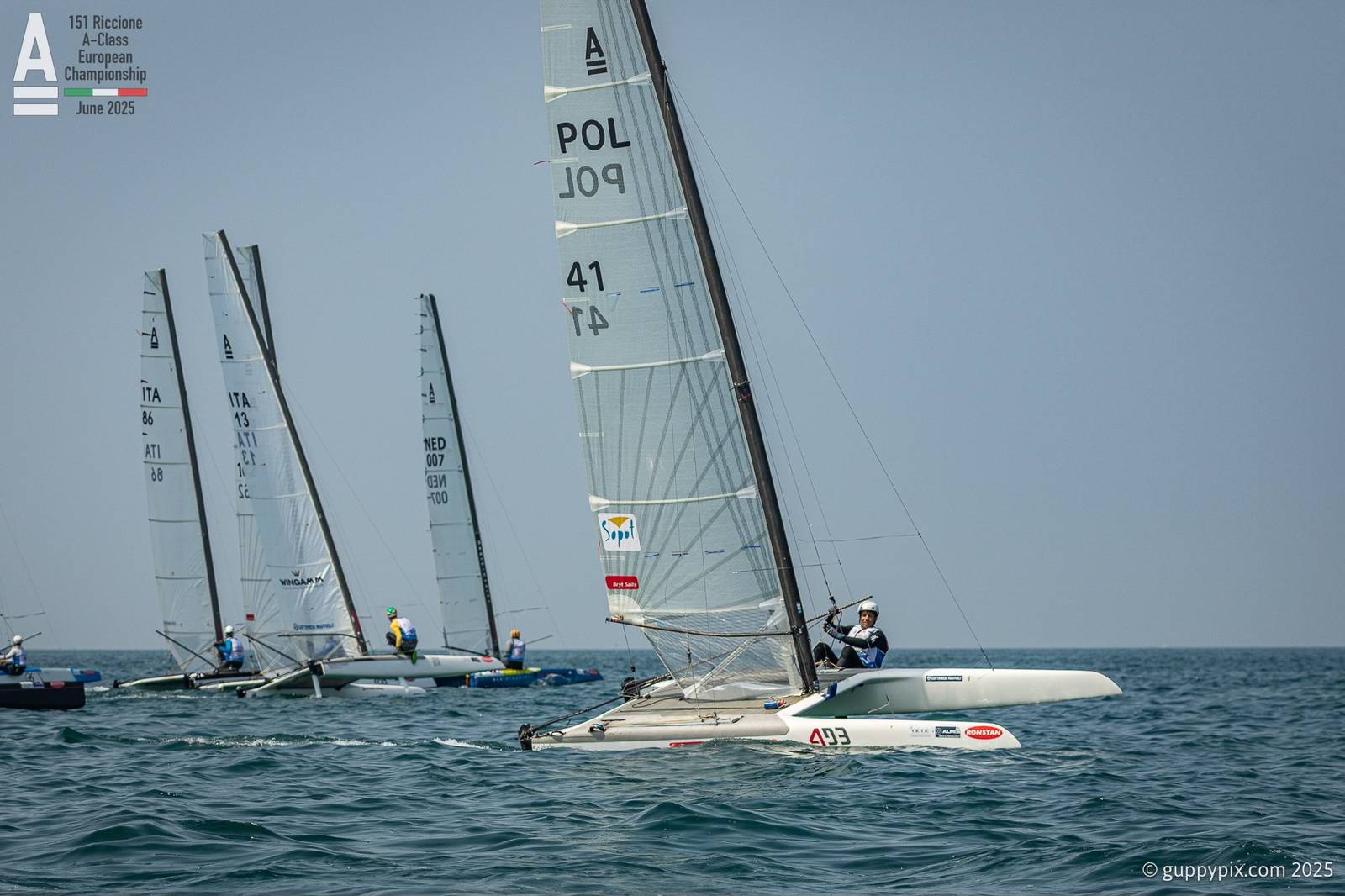
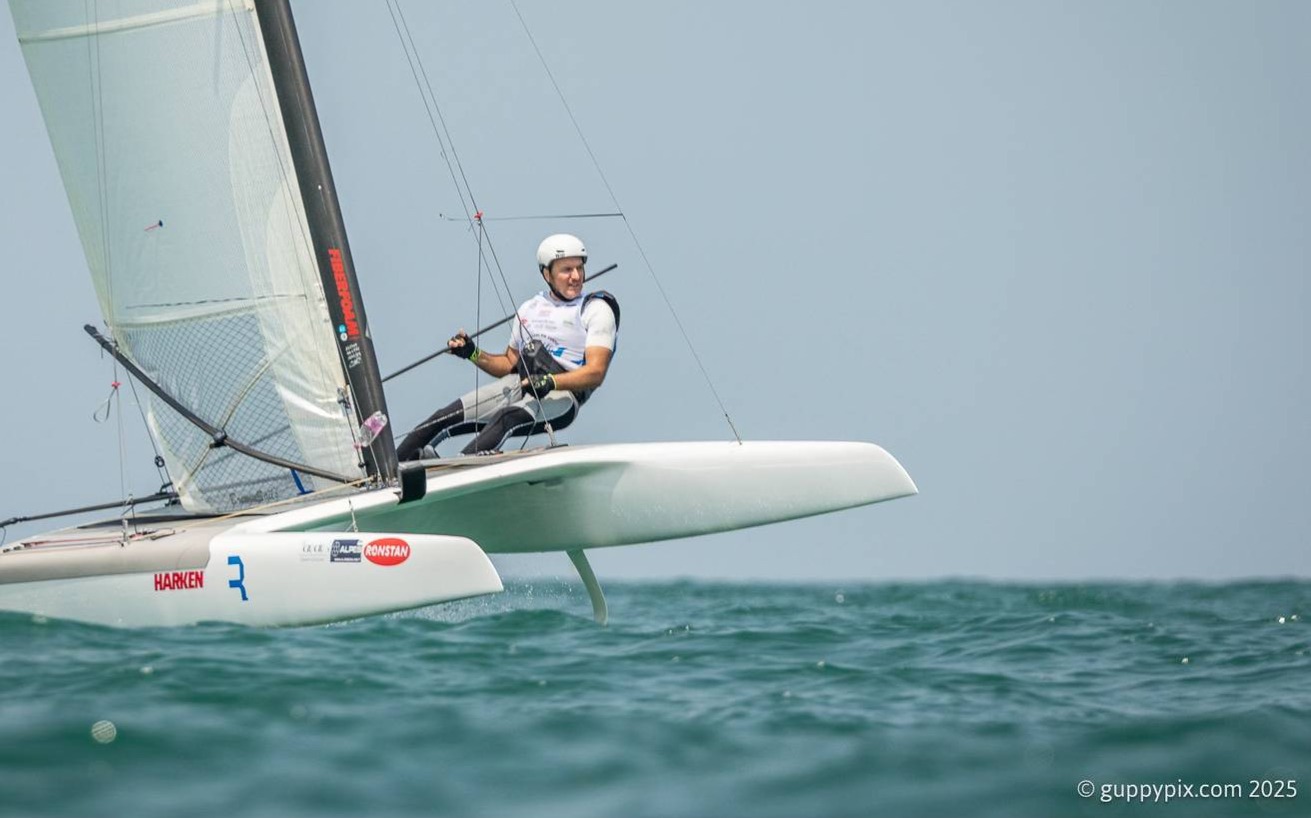
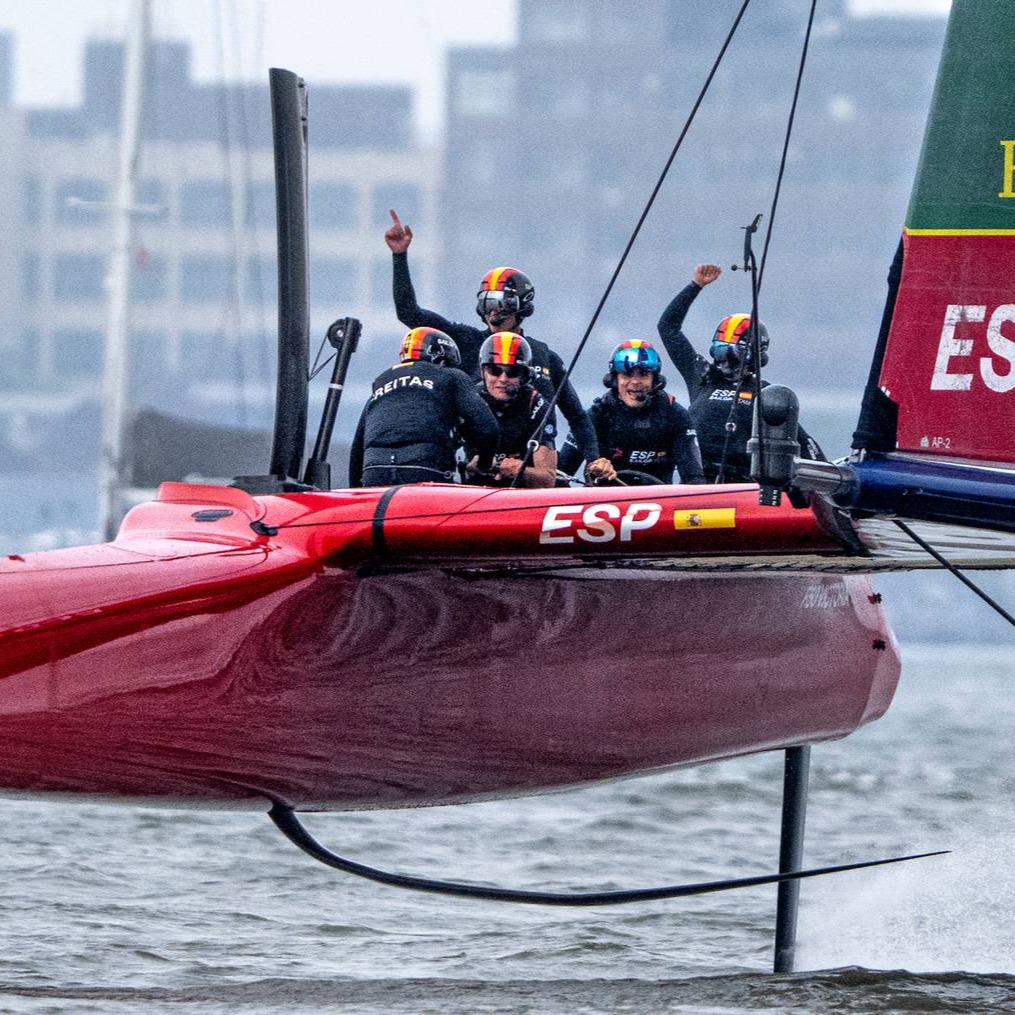
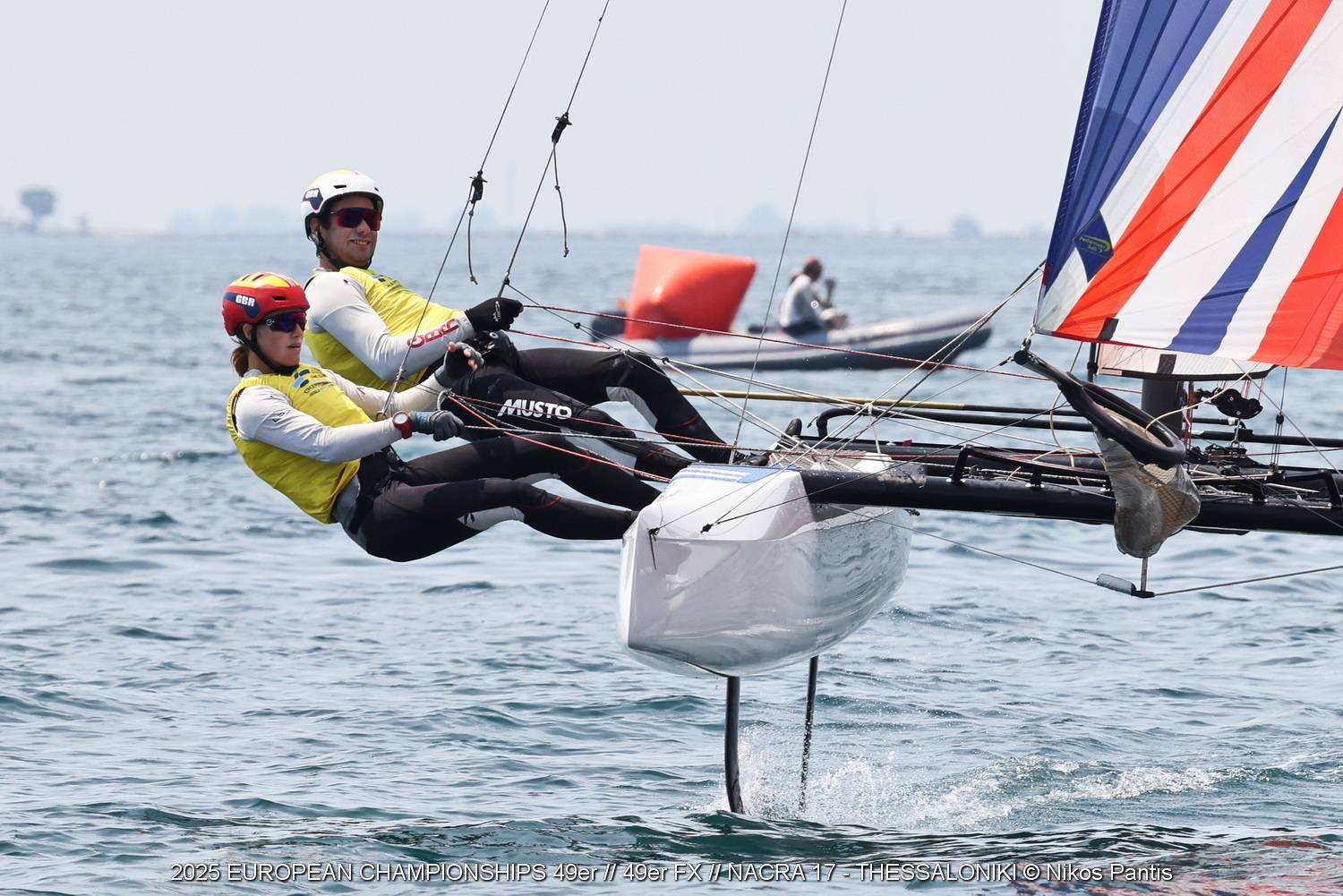
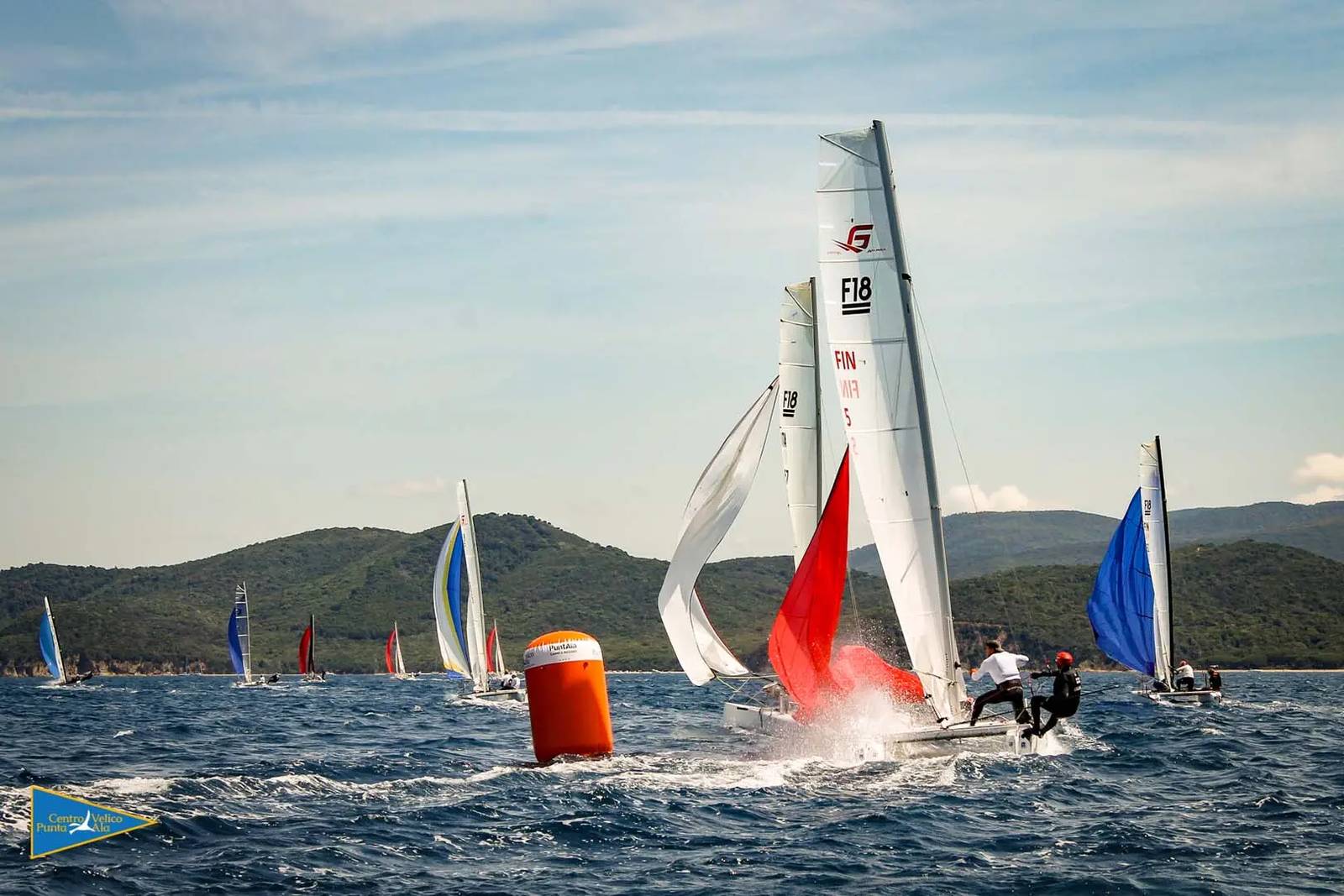
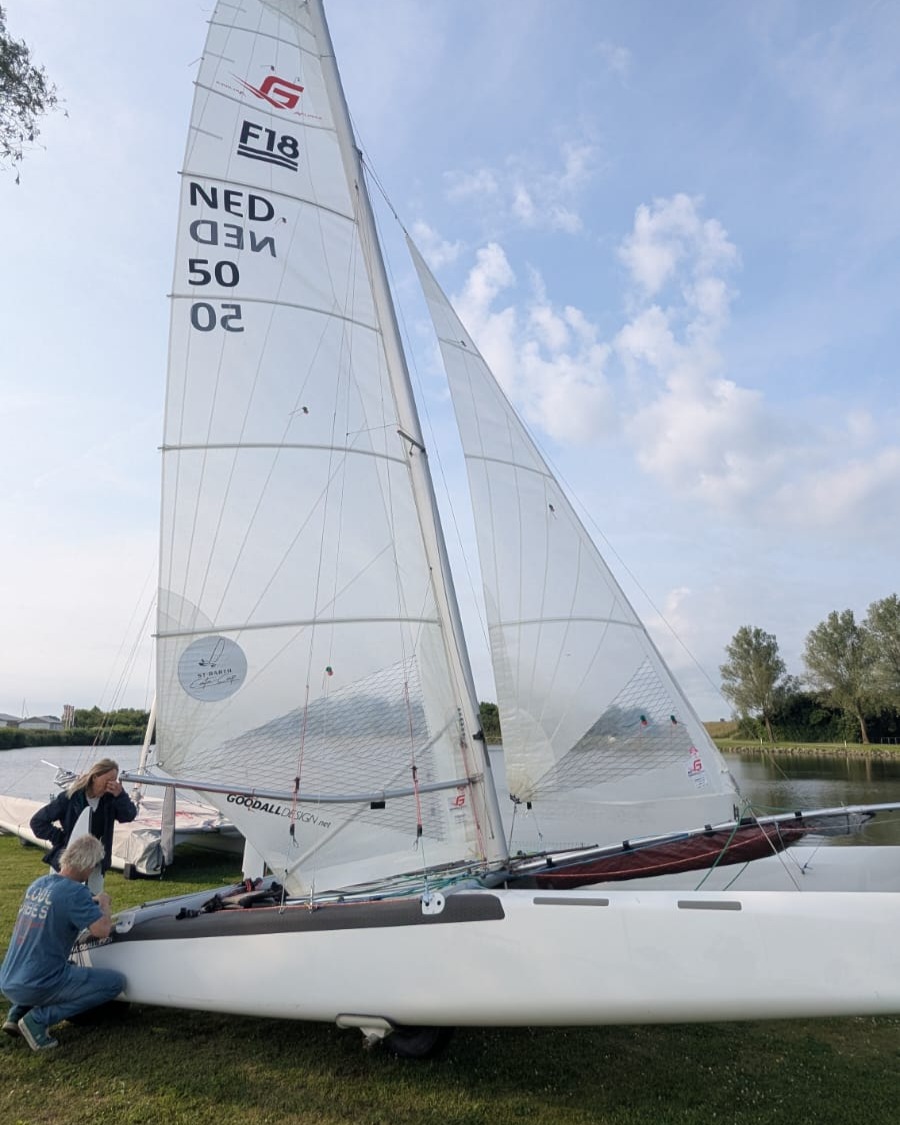
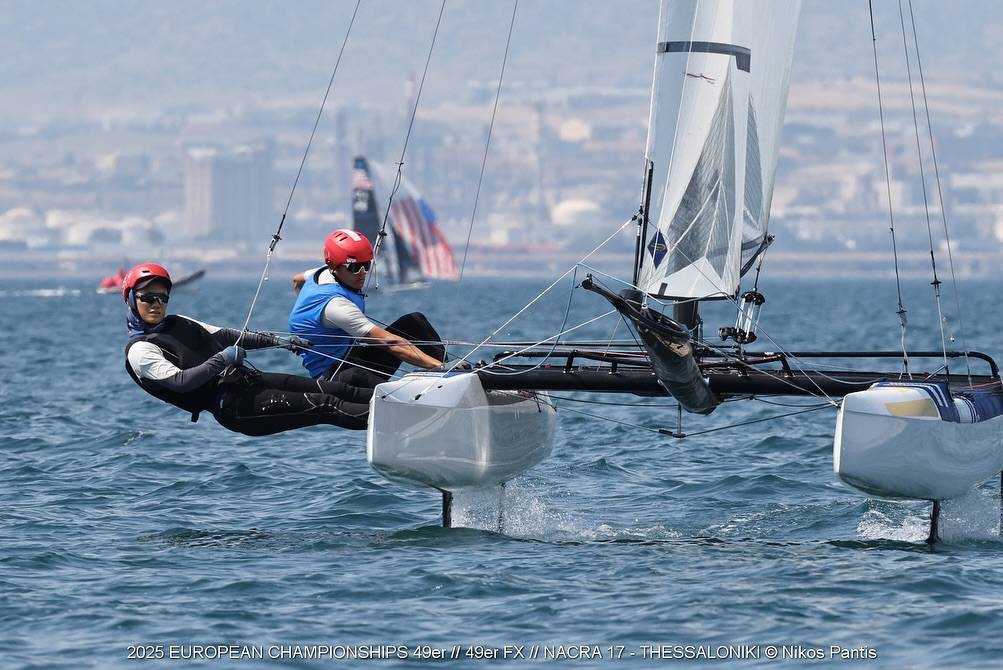



















Teo di Battista , 3° of Classic using Exploder Ad3 2016 version instead Scheurer .
I just heard that my great sailing friend and former CEO of Hobiecat Europe has passed. May The endless oceans…
...Report was sent by an F18 Sailor, if you want Hobies reported send your own, we'll publish as usual. Cheers.
Looks like in your report the Hobies are not really present. Suggest to rewrite the article.
Thanks for the great report Wik. Great battle.